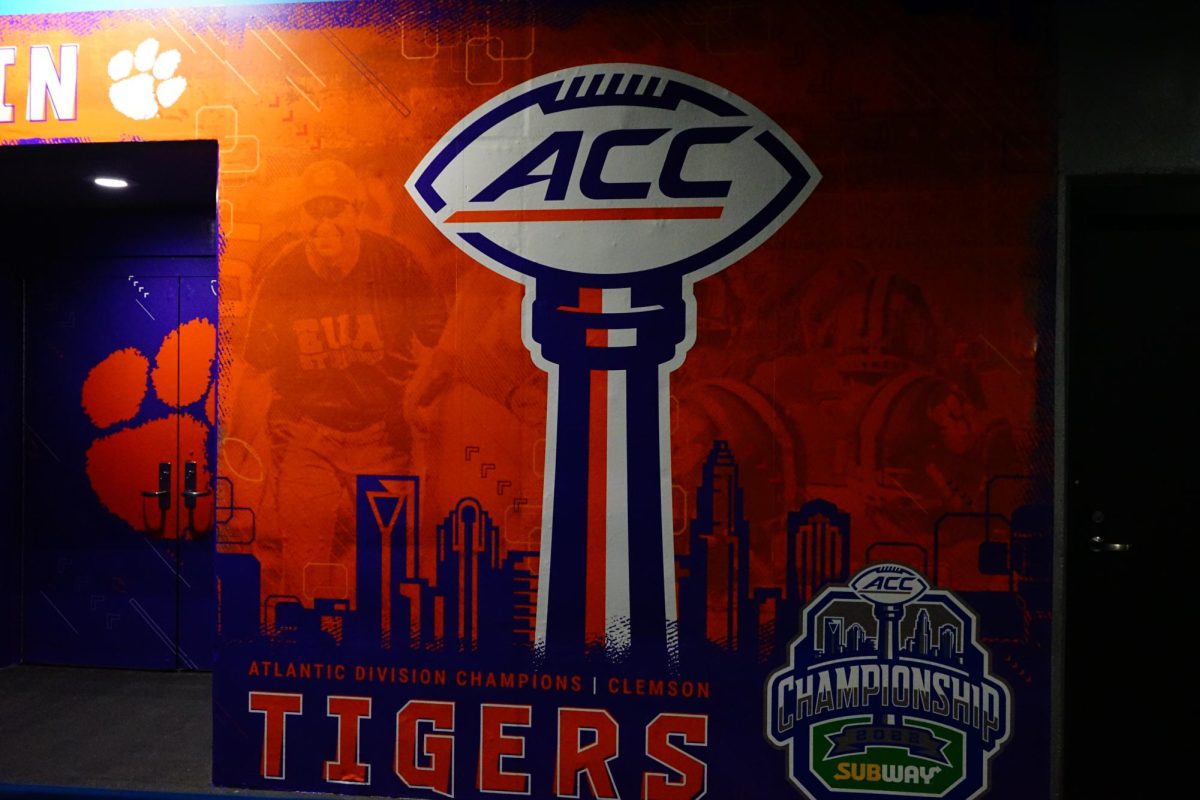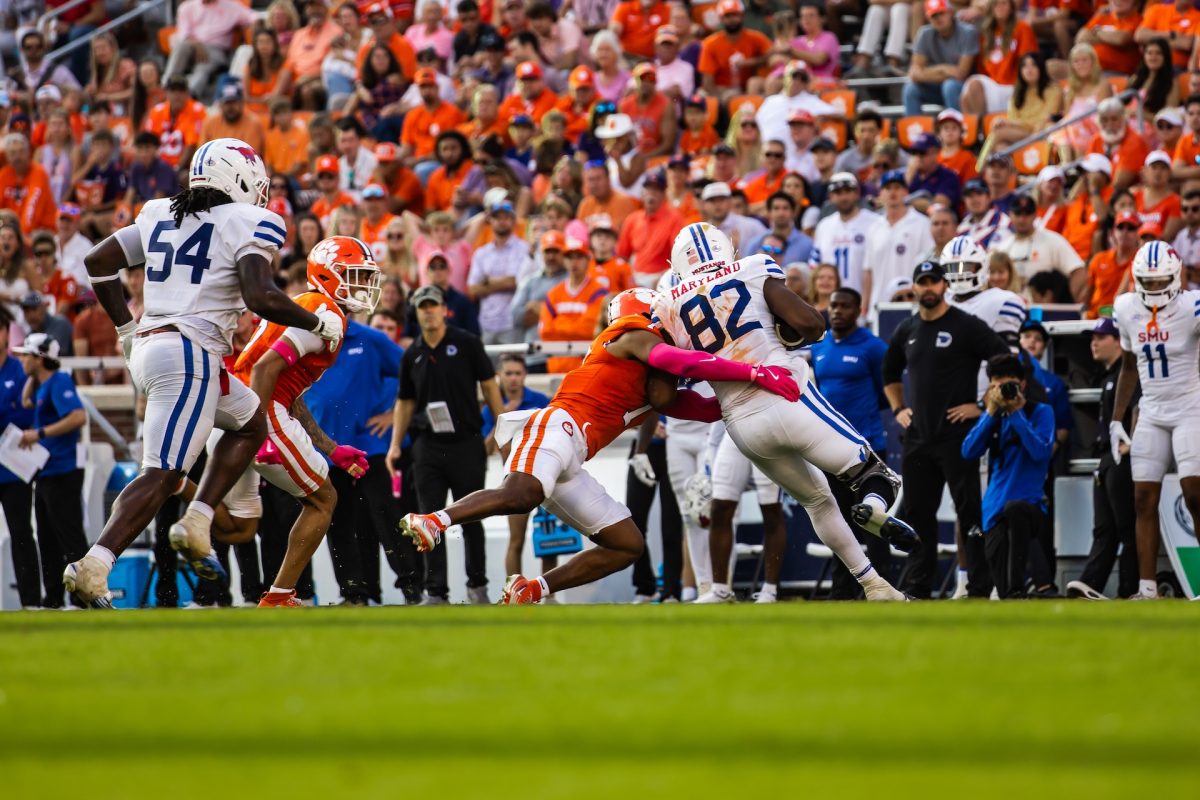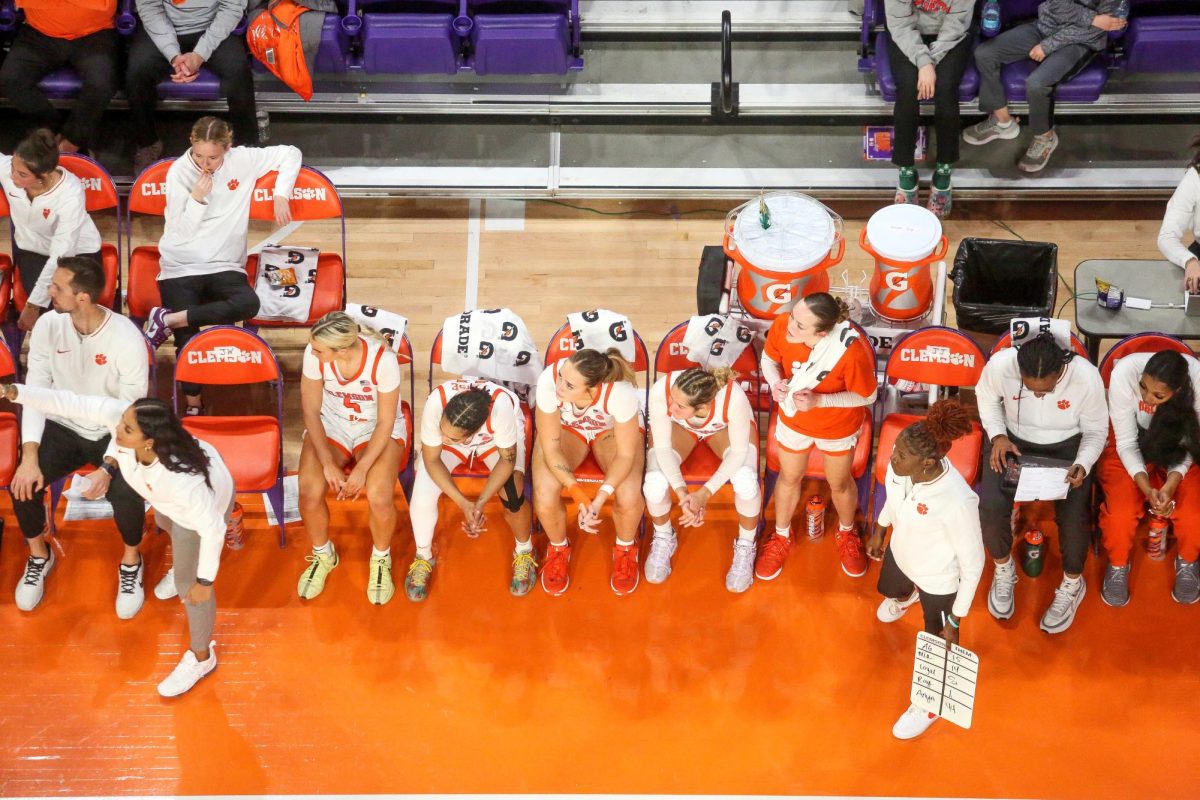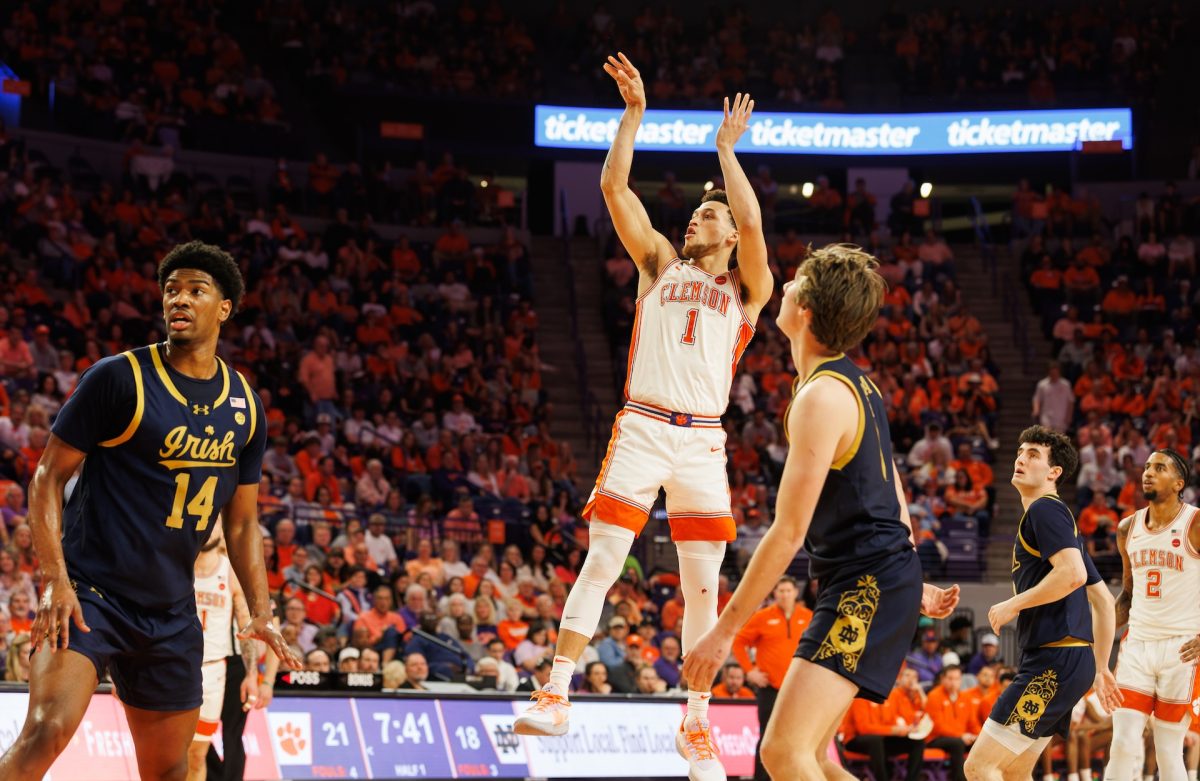Editor’s note: This story has been updated to include Clemson’s official statement on the lawsuit.
Clemson University filed a lawsuit against the Atlantic Coast Conference on Tuesday over the conference’s grant of rights and what the school claims to be “exorbitant” exit fees to leave the conference.
The 28-page lawsuit filed to Pickens County Court of Common Pleas challenges the ACC’s grant of media rights and exit fees. Clemson claims it would have to pay an estimated $140 million penalty to leave the conference, calling that fee “unconscionable” and “unenforceable.”
“Each of these erroneous assertions separately hinders Clemson’s ability to meaningfully explore its options regarding conference membership, to negotiate alternative revenue-sharing proposals among ACC members, and to obtain full value for its future media rights,” the lawsuit reads. “… (C)ollegiate athletics is at a crossroads. Without clarity as to its legal rights and obligations, Clemson cannot protect and advance its interests, or the interests of its student-athletes, in current and ongoing negotiations within the Conference, with the Conference’s existing media partner ESPN, and in collegiate athletics more generally.”
In the lawsuit, Clemson demands a declaration that the ACC would not own the media rights to any of Clemson’s games “played after Clemson ceases to be a member of the ACC.”
Hours after filing the lawsuit on Tuesday, Clemson released the following statement:
“Today, Clemson University filed a lawsuit in Pickens County, South Carolina, against the Atlantic Coast Conference (ACC). In this litigation, Clemson seeks confirmation of the plain language found in the Grant of Rights agreements and the related media agreements between the ACC and ESPN – that these agreements, when read together, plainly state that Clemson controls its media rights for games played if it is no longer a member of the ACC. Clemson also seeks a ruling regarding the unenforceability of the severe penalty the ACC is seeking to impose upon exiting members and confirmation that it does not owe a fiduciary duty to the conference as alleged by the ACC.
“The ACC’s position regarding the Grant of Rights, the exit penalty, and obligations owed by members to the conference, as detailed in its public statements and other court filings, leaves Clemson with no choice but to move forward with this lawsuit.
“Clemson has not given notice that it is exiting the ACC and remains a member of the conference.”
Clemson’s lawsuit comes after Florida State filed a lawsuit against the ACC in December, setting the stage for Clemson and potentially other schools in the conference to follow suit.
While the school’s top brass has been coy about any potential legal action against the conference over the last year, Clemson University President Jim Clements shared his opinion on the university’s place in the ACC at an undergraduate student government meeting last November.
“The ACC has been good to us. We have been good to the ACC in that we brought them lots of money and lots of championships. But for me, to be honest, as a leader, I’m always what’s next, what’s next for us, and college athletics is changing,” Clements said. “It’s evolved in all things college athletics. It’s changing. When you got NIL, you got the transfer portal; you got new media contracts that are happening. So, there’s always discussion on do we stay in the ACC forever, or does the dynamic of college athletics change?
“When I was back at my previous institution, there was a Power Six. There were six power conferences. The Big East at Syracuse, Pitt, Rutgers and some others. And then it went to five. And now it’s at four. I’m pretty good at math, I’m pretty good at pattern recognition. I suspect it’s not done. So, my job is to make sure that we look out for the future always with Clemson Athletics. And there’s actually a delta. The Big Ten and the SEC made a lot more money per year than us. So we have to compete with less resources. Because I need to raise more money. We need more sponsorships in order to be nationally competitive. But the dynamic is changing.
“I’m trying to say what I can and cannot say, so I’ll be very careful. There are different potential future models, and my job is to look at every potential future model that exists and make sure that this institution, of which I’m 100% fully committed to, is exactly where it needs to be and resourced the way it needs to be.”










